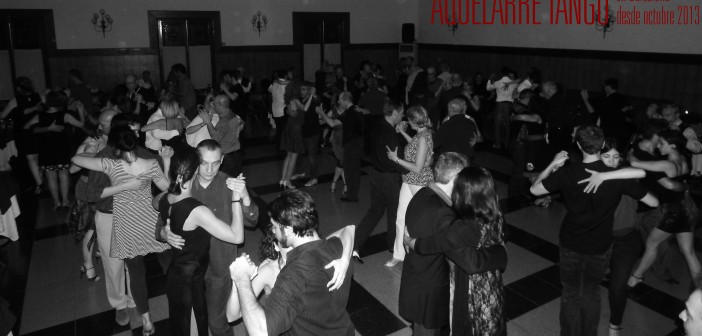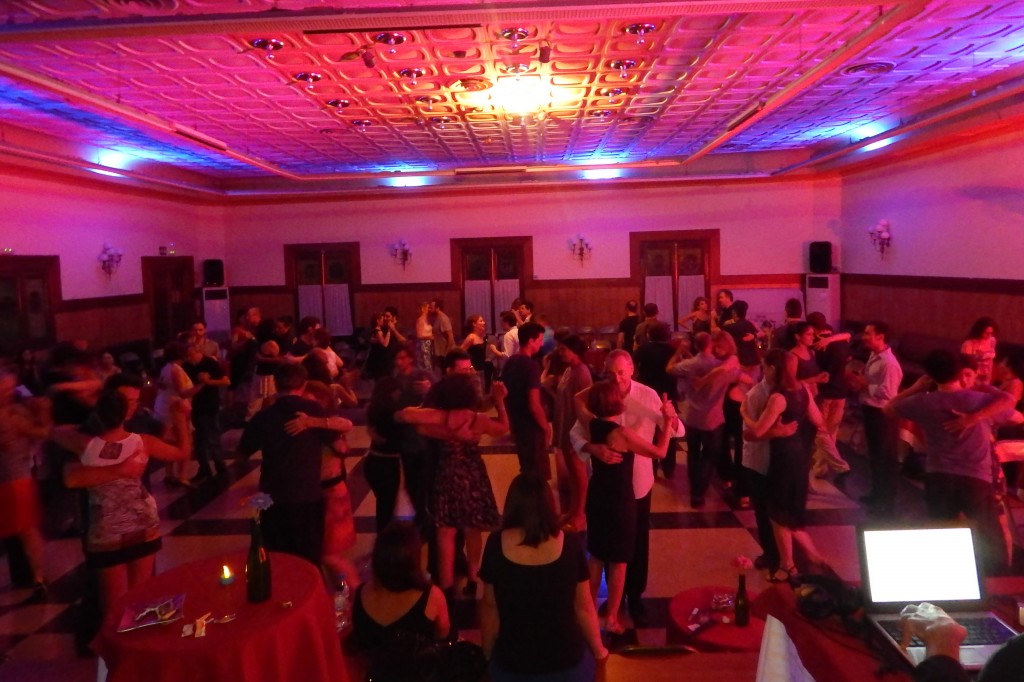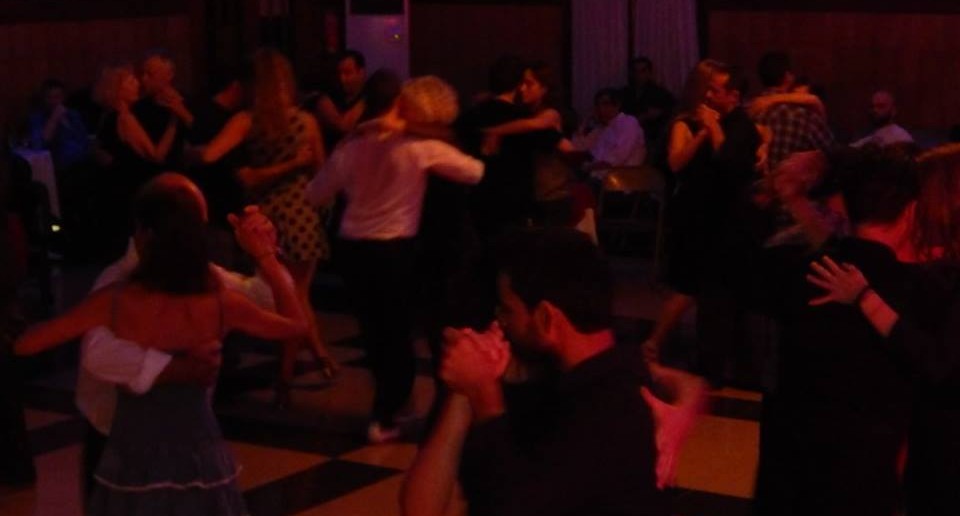It was after Spanish class one day during my year abroad in Buenos Aires when I got the invitation from an exuberant French girl from a village near Cannes. “Do you want to come to a tango class tonight?” she asked in her fabulously French-coated Spanish. It was nearing the end of term and she was leaving soon, so I agreed.
Tango: lightness and grace
I arrived at the school that evening and took in its weathered façade and the stringy sounds of tango music that oozed out onto the hushed streets. The class consisted of lots of walking round in a big circle and feeling that inevitable awkwardness that everyone feels when starting something new. After an hour, the teachers demonstrated the steps covered in the class in their delicate and skilful dance together. It was so much softer looking than the tango I’d seen on TV at home and on the touristy streets of La Boca; no roses, no acrobatics. There was a lightness and grace to it, which was mesmerizing.
The world of the Milonga
My first milonga was quite a few classes later – a milonga is the name given to the social event for tango goers held in all sorts of venues; generally there is a large floor space surrounded by chairs and tables, dimmed lights and a DJ. There are no set partners or even the obligation to leave your seat. In fact, getting up on the floor is orchestrated all very subtly and involves el cabaceo: the nod of the head to signal the offer and acceptance of a dance. It makes pairing up with someone on the other side of the room easy and if you wish to decline an invitation, simply look away. It’s quick and efficient and saves people the trouble of walking all the way round the dance floor and any embarrassment in the case of rejection. Nods done, you meet your partner on the dance floor and stay there for as long as you like – traditionally until the woman thanks her partner with polite gracias. Every four songs or so there is a cortina, a 30 second break in the music, where the DJ normally plays salsa or pop songs to give everyone the opportunity to drift back to their seats, refresh themselves and change partners.
Making moves
There is a sense of timelessness at a milonga. You are in an embrace with a stranger; there is closeness, a connection. However, unlike many other partner dances your hips are apart and so it isn’t so much sexuality that exists in the touch, but sensuality. Your point of contact is the chest and you follow the intention of the lead to move, together. It’s very common to see women dance with their eyes closed to help them feel this connection better.
So much of the milonga experience is watching others as they glide round the dance floor, their feet in perfect sync. In just about every milonga there is a point at which the floor is cleared to make room for a pair of seriously good tangueros. Everyone sits down on the floor on perimeters of the dance space and marvels up at the moves of the pros. I vividly remember tango teachers I knew getting excited about watching ‘Chicho’, the rock star of tango perform with his princess-like Juana. These were the stars, amongst many others, who toured the world imparting their tango technique and returned to the weary-walled, well-loved haunts whenever they were home. It was from foreigners who’d travelled to Buenos Aires exclusively to dance that I learned that tango was big in Europe – there are communities everywhere from Barcelona to Berlin to Istanbul to Edinburgh. And yet, is it a surprise? Most of my friends from Argentina laugh at the thought of tango as typically Argentine – nobody dances it, they argue.
An international scene
Tango was born in the ports of Buenos Aires and Montevideo after the huge wave of European immigration at the turn of the last century. It was – and still is – a subculture. It was the fruit of an international melting pot, which has now spread across the world and can be danced in just about every major city. Festivals and tango weekends, or marathons, also pop up in many more low-key tango spots – Sitges and Tarragona are perfect nearby examples. Tango is your passport to travel and meet people: I have often turned up in a city not knowing anybody and suddenly felt quite at home once I’ve found myself in tango’s melodic embrace.
So, do you want to go to a tango class tonight?
If you’re giving me the nod then the best beginners class is at Pipa Club (Mondays 8pm-9.15, Plaza Reial 3, 3rd floor).
Desbande (Carrer de la Mare de Deu dels Desemparats, 5) also runs classes from Monday to Friday, for information on times visit their website.
La Milonga del Casino de BCN (Sundays 18.30-23.30, Carrer Marina 19 Ciutadella Port Olimpic) offers free classes for all levels; only over 18s allowed and entry ID required.
There are also various Meetup groups under ‘Tango’ or ‘Tango Lovers’. The best milonga in town is without a doubt Aquelarre (Tuesdays 22.30 -1.30, Centro Aragonés Carrer de Joaquín Costa 68, 2nd floor). They have a class at 9pm for intermediate/ advanced level, the general vibe is friendly and fun, there are quite a number of young people and each week the organizers make an announcement to keep you up to speed with what’s going on in Barcelona’s flourishing tango scene.
Casa Valencia (Wednesdays 22.00 – 1.30, Carrer Córcega 335) is also very popular.
For the complete list of tango classes, milongas and events taking place in Barcelona please visit: Tango en Barcelona
by Jenny Levack






